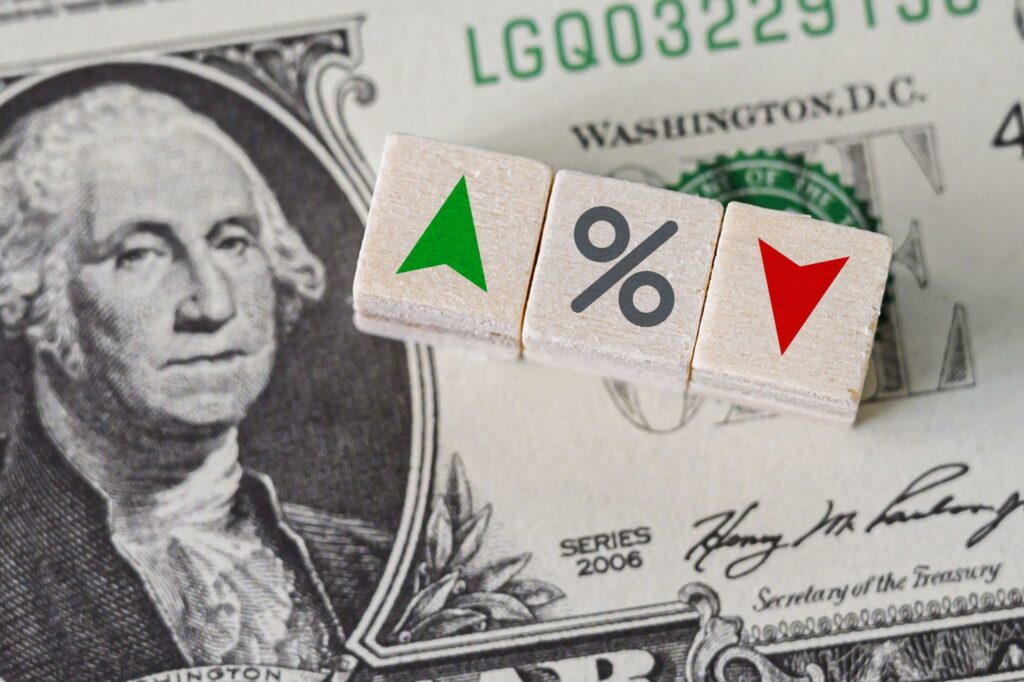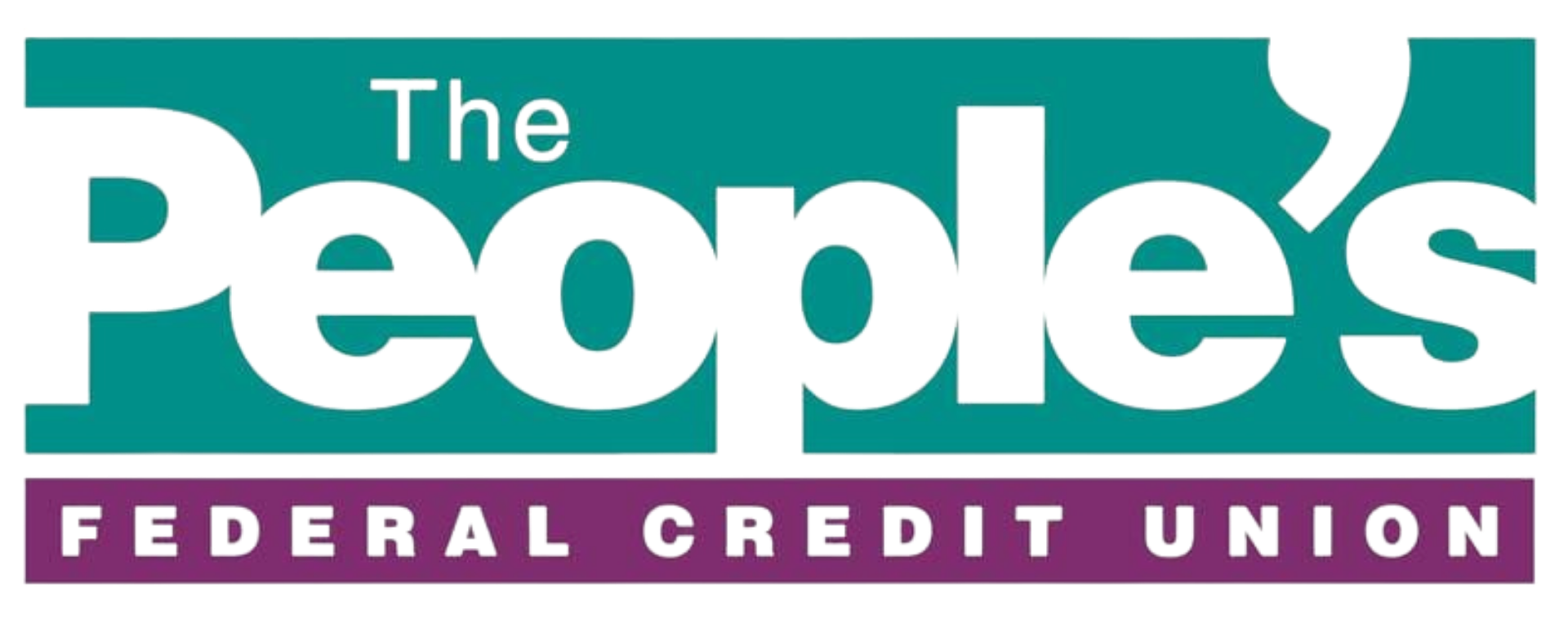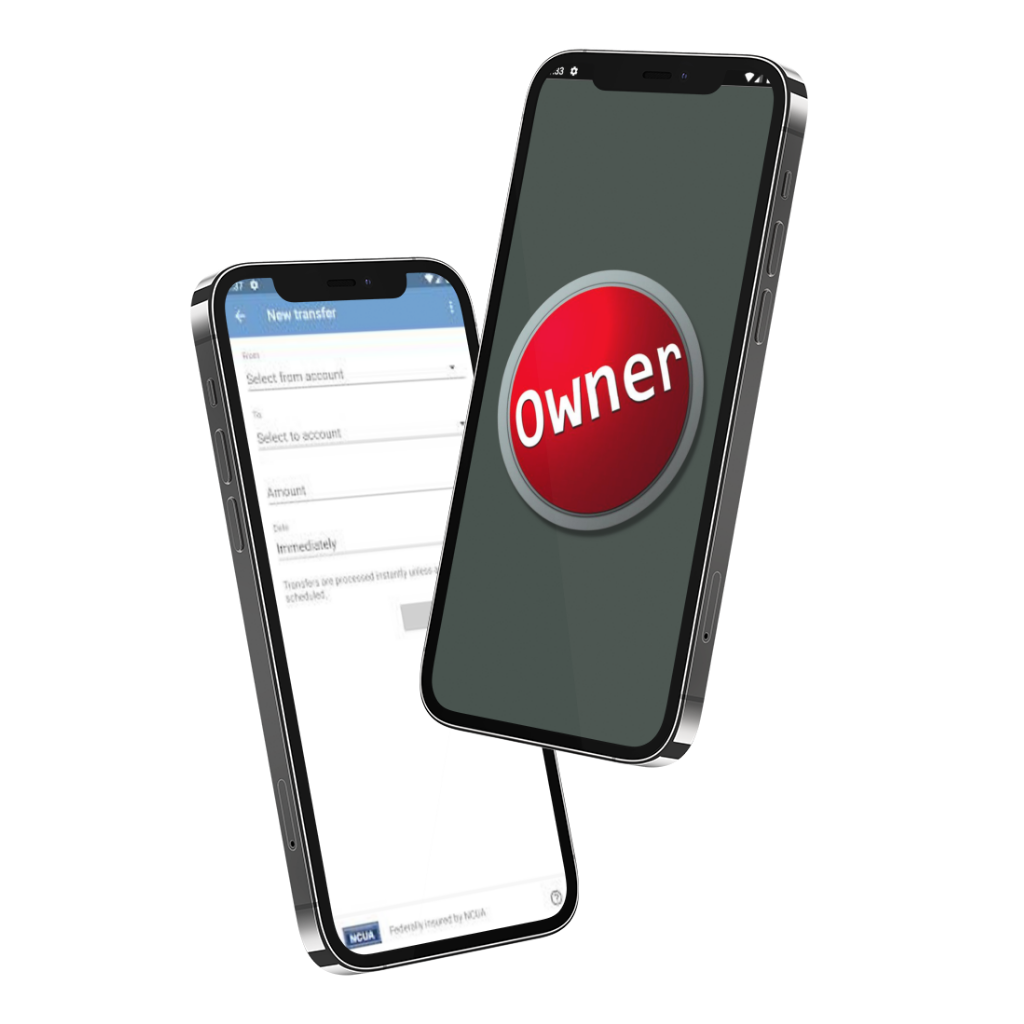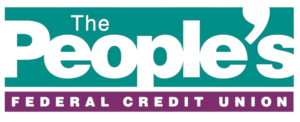Most people want to get out of debt and be free to decide where their money goes. Debt affects more than your wallet; it can negatively impact everything from your emotional well-being to your career prospects. Americans owe around $ 6,200 in credit card debt on average. That’s excluding the amounts often owed on mortgage loans, student loan debt, personal loans, and medical loans.
It’s no surprise that getting out of debt weighs heavily on many people’s minds. However, paying off your debt is far more easily said than done.
Using tried and tested debt repayment strategies is the only way to ensure all the hard work and effort you put into reducing your debt truly pays off. To help you get started on your journey to debt freedom, we’ve compiled the five top ways to get out of debt.
Determine What You Owe
Before you can start planning your debt repayments and mapping out the road to a debt-free life, you first need to determine just how much you owe and to whom.
This means making a list of each of your creditors (the people you owe money to), the loans you’ve taken from them, and the terms of each loan. The terms of your loans include things like interest rates, minimum payments, late penalties, and any collateral you may have agreed to in exchange for the loans.
One of the easiest ways to get a complete picture of your indebtedness is by checking your credit report. If you think there may be a mistake on your report or you need more information on the loans you’ve taken, you can call creditors directly to find out how much you owe them and the interest rate currently being charged on your debt.
Once you’ve identified all your creditors (including family and friends you owe off the record), you can add them to a spreadsheet or table for future reference, as well as calculate the entire value of your debt and how much it will take to pay it off.
Lower Your Interest Rates
As a general rule, you need to improve your credit score before you apply for additional loans, as doing so helps lower your loan interest rates. However, if you’re already in debt with high-interest rates to pay, there are ways these rates can be reduced to help you pay off your debt faster and reduce your monthly payments.
Some options are as simple as calling your creditor directly and asking to negotiate lower interest rates as part of new loan terms. This is especially possible if you qualify for your lender’s alternative credit options that offer lower rates.
Other ways you can lower the interest rates on your loans and overall debt include:
Debt Consolidation Loans
A debt consolidation loan combines all your smaller debts into one payment, helping you cut down interest rates on individual loans, pay debts off faster, and improve your credit score in the process. When you take a fixed-rate debt consolidation loan, all your existing debt will have the same fixed interest rate. This makes keeping track of your payments much easier.
Although not all credit unions and banks offer debt consolidation loans, a personal loan with a low interest rate does the same job just as well.
Balance Transfer Cards
Another way to get lower interest rates is to transfer debts with higher interest into credit lines that offer low-interest rates. However, you need to be careful of credit transfer fees that might creep up.
One of the most common choices for people with credit card debt is to opt for credit card balance transfers when they want to move their debt to a card with lower interest rates and more benefits such as cash-back rewards. Some credit card companies will offer an introductory period where no interest is charged on the transferred amount, on the condition that minimum payments are made on time and in full.
To take advantage of this option, make sure that you can pay off the transferred debt within the no-interest period. If it will take longer to pay, ensure that the interest rate you will incur after the introductory period ends is manageable and not higher than the rate on your current credit card.
TPFCU’s MasterCard has FREE balance transfers AND low monthly rates. That’s something pretty hard to find these days, which makes our MasterCard a great deal.
Prioritize Your Debt
Prioritizing your debt means you must decide which debt you will pay off first. Facing a huge amount of debt may be a daunting task, so breaking it into segments and deciding which needs to be paid off before the rest is important to chip away at the overall amount you owe.
The two most common ways to prioritize debt are:
The Snowball Method
The snowball method involves paying off your smallest debt balances first before moving on to the bigger debts. The idea is to slowly build up your debt-paying momentum by paying off the small debts quickly, which motivates you to keep paying all your other debts too.
Once your smallest debt is paid, you put the minimum payment for that debt into paying the second smallest debt.
However, it’s important to note that while you are paying off your smallest debts, you still need to keep making minimum payments on all your other debts to avoid late fees and increased interest.
It is important to note that the snowball method does not consider the interest rates on each debt when calculating which is the smallest debt, so you’ll end up paying more for the satisfaction of watching the number of your separate debts decrease.
The Avalanche Method
The avalanche method is an equally popular choice when choosing which debt to focus on first. Unlike the snowball method, it prioritizes paying off the debt with the highest interest rate first. This not only saves you money in the long run but can help free up more cash to use to pay off your other debts faster.
Determine Your Monthly Debt Allocation
Once you’ve mapped out everything you owe, lowered your interest rates where possible, and prioritized the debts that must be paid off first, it’s time to look at your budget.
The easiest way to create an effective budget for debt repayments is by using the 50/30/20 rule as a guideline. According to this rule, 50% percent of your net income (after tax) should be spent on your needs, 30% on your wants, and 20% should be saved or used to pay off debts.
The needs category includes things like:
- Food
- Transport
- Utilities
- Mortgage payments
- Required minimum payments on your debts
Once you’ve made minimum payments and taken care of your needs, you can use the additional 20% to pay off your prioritized debt even faster.
Aim for More Than Minimum Payments
Although paying minimum amounts monthly will help you avoid legal issues with your lender, it is not sustainable, as it leads to accrued interest. Paying the minimum on all your loans may seem like the cheapest option, but it will cost you much more in the long run. In reality, minimum payments only cover the interest you need to pay on your debt every month, with some including a little extra that goes toward actually paying off your debt.
Without paying more than the minimum, you could spend years making payments that have no effect on the amount you owe whatsoever.
Although finding more money to increase your debt repayments isn’t easy, consider selling unused items around the house to free up extra cash. Alternatively, getting a part-time job or setting up a side hustle can also help you make a little extra money to get your debts paid off faster.
Consider Settlement

If you cannot afford to pay off your debt and repayment plans are not working for you, consider debt settlement as an option. This allows you to settle your debts for a lump sum that is usually far less than the debt balance.
When you make a settlement offer to your lender, keep in mind that they have a choice to accept or reject your offer, so negotiating well is key. Although settlement is the cheapest way to debt payoff, it has risks. To effectively negotiate a settlement, you need to prove that you are unable to pay the whole debt, which often requires temporarily stopping minimum payments on those debts.
This can harm your credit score and you can incur late fees and interest, making the debt difficult to pay off in the event the lender rejects your settlement offer. You also risk being sued for not paying your account. Thus, while this method can get you out of debt for cheaper, approach it with caution.
How The People’s Federal Credit Union Can Help
As one of Texas’ most trusted credit unions, TPFCU offers a range of services to help you put together a proper debt repayment plan, including financial advice and low interest personal loans.
Head over to The People’s Federal Credit Union and check your personal loan rates today!








